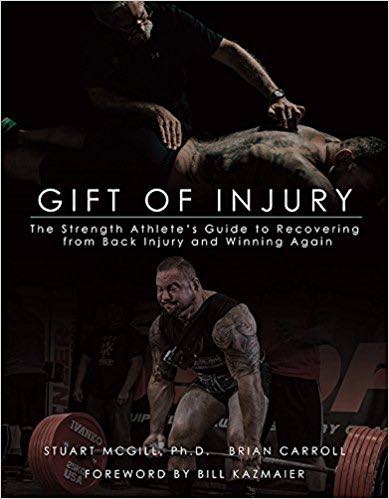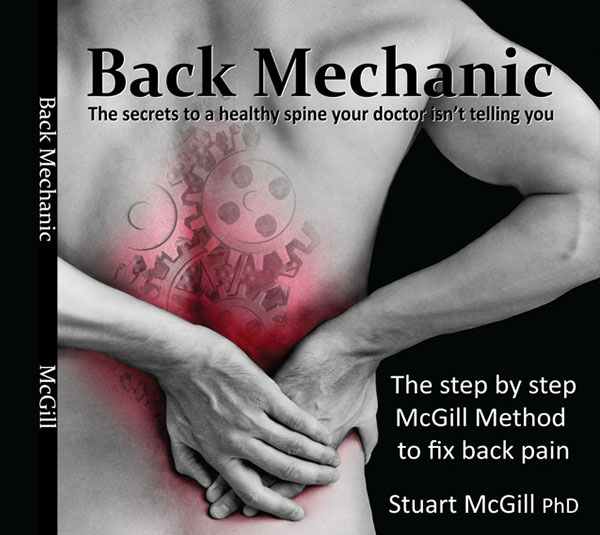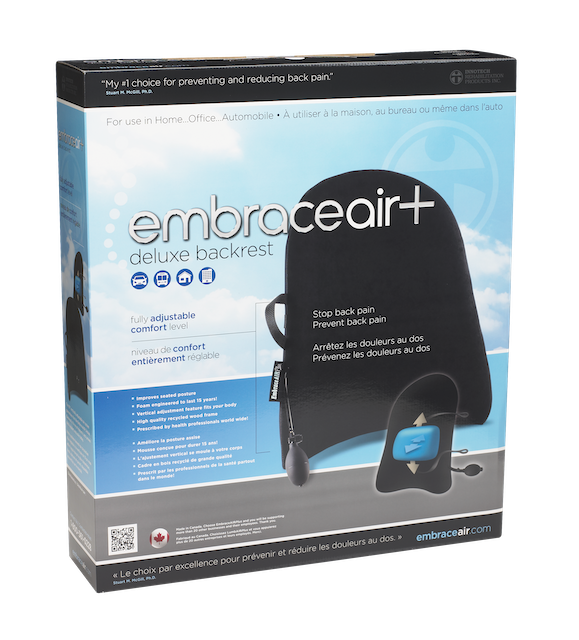10 Oct You Are Not Your MRI: A Case Study in Spine Instability and Recovery
Article Rundown
- You are not your MRI. The picture doesn’t dictate your prognosis—your assessment and symptoms do.
- Instability requires balance. Too much stiffness or too little both create problems; tuning is key.
- Surgery isn’t always the answer. Even after a failed procedure, targeted movement and proper recovery can lead to pain-free living.
- Objective assessment matters. We match the MRI to the person’s presentation, not the other way around.
A Case Study in Spine Instability and Recovery
Continuing this series on MRI analysis, I want to give you another inside look at how we assess scans at Power Rack Strength. Every MRI tells a story—but it doesn’t always tell the truth about how a person feels or functions. Sometimes an image looks awful in isolation, yet the person is nearly pain-free. Other times, the scan appears “unremarkable,” but the individual can hardly move without discomfort.
This is why I always remind people: you are not your MRI. Most scans are taken while lying on your back—a position that usually reduces symptoms for those with back issues. Pain and dysfunction often appear in motion and load, not at rest.
Case Overview
This case involved a man in his mid-forties who had undergone a failed laminectomy years earlier. Surgeons had removed parts of the posterior spine to relieve pressure on his spinal cord, as he’d been experiencing stabbing pain, radiating symptoms, and numbness down both legs. The operation was meant to create more space and reduce compression, but the outcome was mixed—his symptoms changed rather than resolved, and his activity tolerance declined.
When he came to see me last year for a two-day assessment, I had no idea what his MRI would reveal. Surprisingly, he wasn’t in severe pain—just some back tightness, intermittent numbness along both thighs, and mild tingling in his feet.
Through our testing, we found that he was flexion and extension intolerant, meaning he couldn’t tolerate much bending forward or backward. He also had nerve friction along both the femoral and sciatic roots and poor tolerance to compression.
Reading the MRI
When we finally reviewed his MRI, it was clear that his spine had endured years of heavy wear from both lifting and surgery. He’d been a big powerlifter, and the posterior elements of his spine—his spinous processes and facet joints—had been partially removed during the laminectomy. From L3 to L5, the spine was completely opened up.
While that surgery provided breathing room for the cord, it also introduced instability. Without the posterior structures to stabilize movement, his spine now moved excessively through those segments—especially at L3–L5—creating torsion and shear forces under flexion and extension.
The MRI revealed significant compression damage, endplate changes, and almost no remaining disc height. Essentially, he was bone-on-bone from the mid-lumbar region down. There were also Modic changes, or bone bruising, throughout multiple vertebrae, indicating prior overload. The facet joints had thickened, and the foramen (the nerve exit spaces) were narrowed.
Despite all that, this individual’s symptoms were surprisingly mild. That’s where experience and context matter—because an MRI like this might terrify someone into thinking they’re broken beyond repair.
Assessing Instability
Instability is tricky. When the posterior spine is removed, you gain decompression but lose support. The soft tissue—ligaments, fascia, and collagen—has to take over stability, and it often can’t. That’s when the spine begins to buckle under even modest loads.
Our job is to tune the spine and the core for the person’s specific demands. The key isn’t to over-stiffen or over-relax—it’s finding that middle ground. In his case, the goal was to restore stiffness where needed, let other areas gristle up and stabilize naturally, and avoid excessive compression loading.
Recovery and Outcome
Looking at the axial cuts, we could see clear evidence of muscle atrophy on the left side where the surgery had occurred. His spinal extensors had marbled and wasted away. The lamina and spinous processes were gone, and the nucleus material of the discs had fanned out instead of staying contained. It was a spine that, on paper, should have caused debilitating pain.
Yet, through proper spine hygiene, tummy-lying, walking, and gradual reintroduction of tolerable movement, he wound down his pain within a few months. His radiating symptoms subsided, and he regained the ability to live normally, without another surgery.
We prescribed controlled nerve flossing, daily spine hygiene, and progressive exposure to light compression and movement. This conservative approach allowed the tissues to stiffen naturally, the spine to stabilize, and pain sensitivity to decrease.
This client avoided a recommended fusion surgery and returned to a full, active life without heavy lifting. His case reinforces what I see time and time again: the MRI is just a piece of the puzzle. What matters most is how you move, how you manage load, and how you build resilience over time.










Sorry, the comment form is closed at this time.